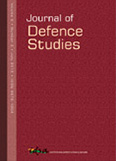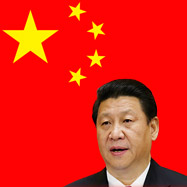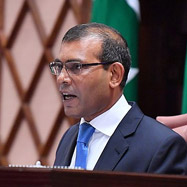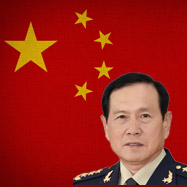“China Plus One”: Supply Chain Resilience Initiative and Beijing in Indo-Pacific
The drawbacks of over-reliance on China as a single manufacturing source has led to countries adopting “China Plus One” strategy to diversify supply networks. Whether Supply Chain Resilience Initiative by India-Japan-Australia can assist in partial decoupling from China is yet to be seen.
- Jagannath P. Panda
- 2021 |
- Issue Brief
- |










